 7,591
7,591
Gogoro Smart Scooter
Gogoro is the world´s first electric smart scooter, the ultimate commuting vehicle designed specifically for the world’s most crowded cities. The Taiwanese startup made news at the 2015 CES after four years of operating in stealth, and raising a whopping 150 million US Dollars thanks to CEO Horace Luke’s impressive network that includes HTC’s billionaire founder, Cher Wang.
Let’s get the basics down first; the Gogoro is a very funky looking scooter, thanks to Luke’s design background, and features anything from programmable all-LED headlights and taillights to always-on Bluetooth connectivity (which links to a smartphone app), wireless ignition, and even downloadable sounds for startup, shutdown, turn signals, and so on.
Built around an ultra light racing-grade aluminium aeroframe, the Gogoro Smart Scooter hits 50km/h in 4.2 seconds, and reaches a top speed of close to 100km/h. With both its battery slots filled, maximum range is close to 160km.
But the big news about Gogoro isn’t the scooter itself, it is about the hugely ambitious plan to power it. Unlike other electric scooters (or any other vehicle for that matter), you don’t plug this scooter in; instead you head to the nearest “GoStation” hub and swap your batteries.
Built with Panasonic’s 18650 lithium-ion cells (the same used in the Tesla Model S) and a couple dozen sensors inside, each of Gogoro’s batteries comes in at about the size of a large shoebox and weighs under 10 kg. When it’s time for more juice, an app on your smartphone directs you toward the nearest hub – weatherproofed, of course – which can hold and charge 8 batteries at a time. Gogoro intends to build a vast network of battery swapping stations that could cover some of the most densely populated cities in the world.
Everything sounds good, but the whole project depends on how Gogoro manages to get cities on board to invest and install this infrastructure. Distribution and concentration of the “GoStation” hubs will be key to success; the company is hoping to have these things available city-wide in metropolitan areas, with their density scaling relative to the city’s population. Their initial focus is on places like petrol stations, but note that the hubs can be installed anywhere with a 220v outlet. What do you think?





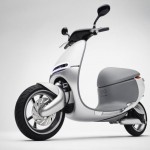
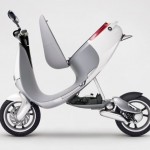
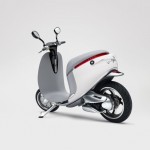
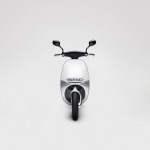
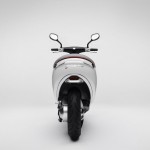
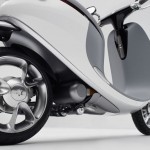
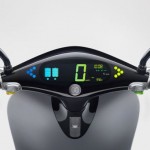
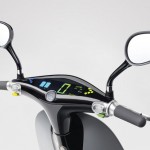
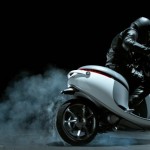
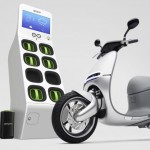
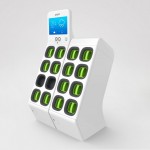
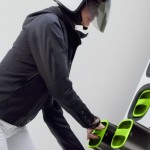
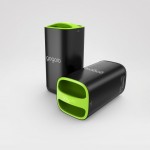
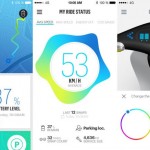
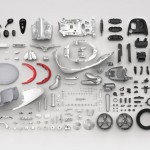
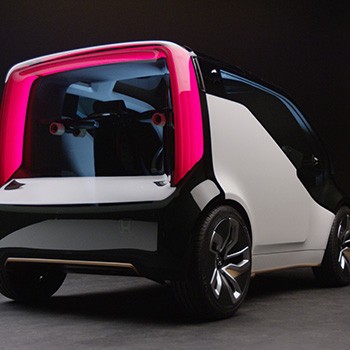
















DON'T BE SHY, LEAVE A COMMENT!